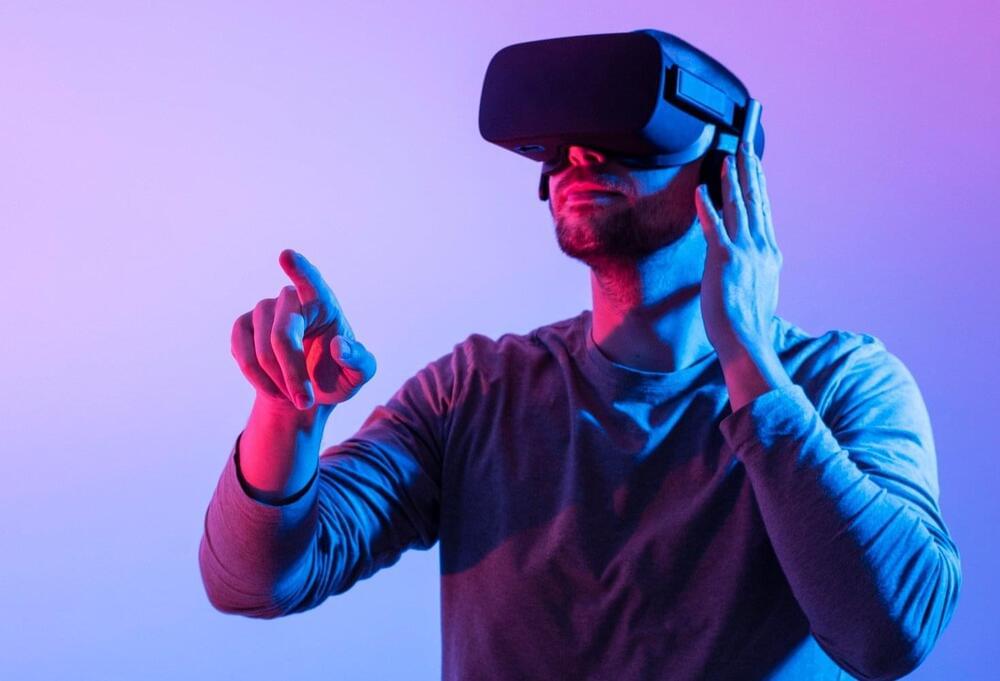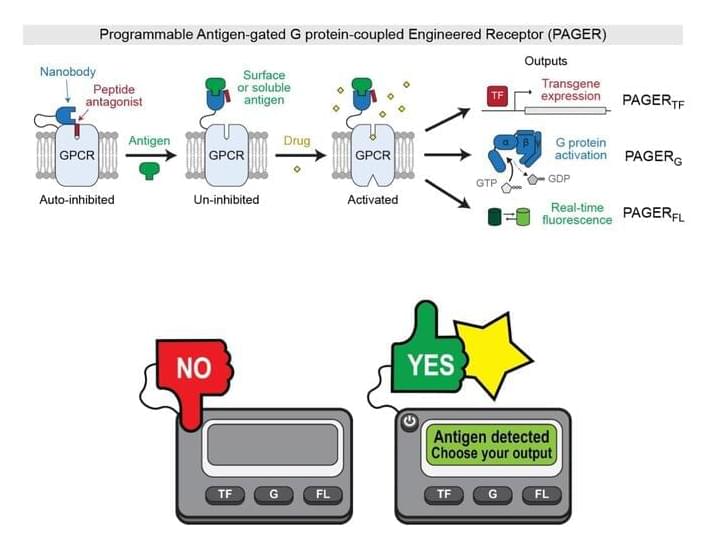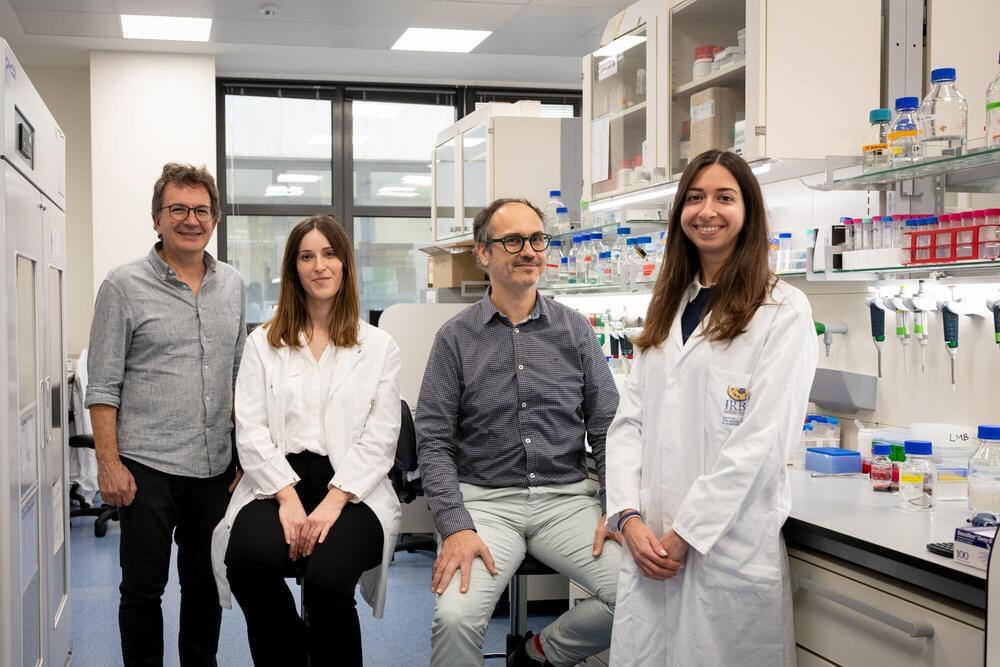Dec 4, 2024
Mind-Reading Tattoos Revolutionize Brainwave Monitoring in Real-Time
Posted by Shailesh Prasad in categories: computing, neuroscience
Researchers have developed a liquid ink that can be printed directly onto the scalp to monitor brain activity, offering a less intrusive alternative to traditional EEG setups.
This ink enables the creation of e-tattoos that accurately track brainwaves and maintain connectivity over extended periods. These innovations could drastically change the application of brain-computer interface technologies, making them more comfortable and efficient for users.
Continue reading “Mind-Reading Tattoos Revolutionize Brainwave Monitoring in Real-Time” »


















